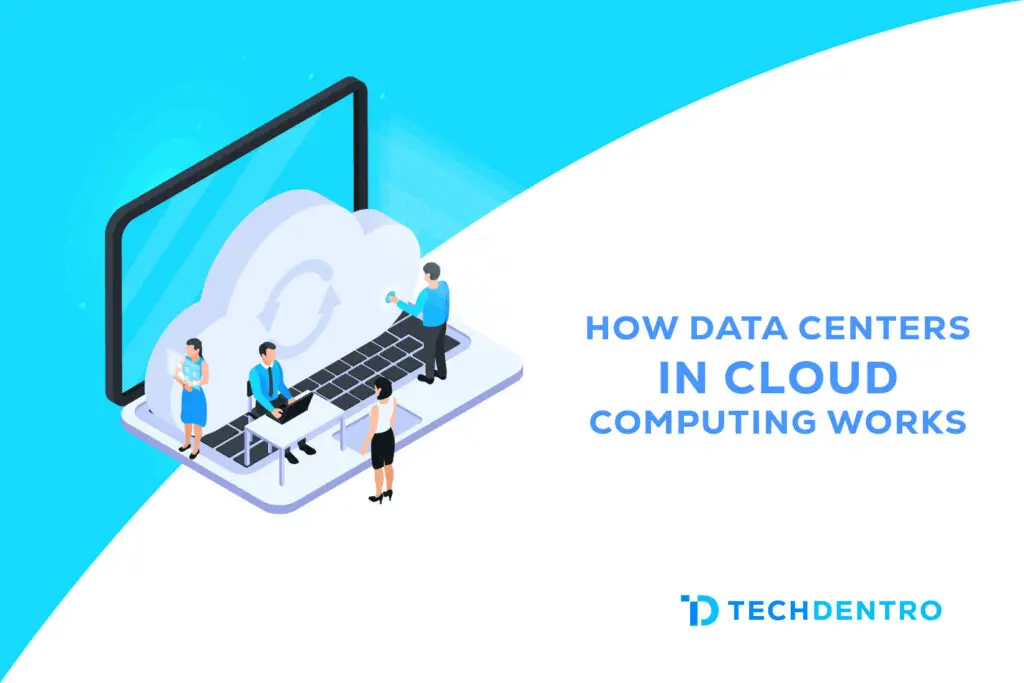Data centers house servers that host an organization’s IT processes and essential applications. They may be onsite or offsite and built in a safe environment to avoid natural disasters that can destroy the hardware and data.
They are also highly resilient, with redundant support systems to ensure minimal downtime if something goes wrong, and can replace hardware without shutting down the system. They are usually cost-effective.
Colocation
A colocation data center (sometimes called a carrier hotel or colo) provides space, power, and bandwidth for customers’ servers, networking equipment, and storage. Customers lease capacity by the rack, cabinet, or cage. Colocation services also provide access to various telecommunications and network service providers in a single location, which can help reduce costs and improve internet, content, and cloud traffic performance.
A business can build its own on-premises data center or rent colocation space in a third-party facility. Colocation provides a data center’s security, power, and bandwidth with a high level of customization. This allows businesses to keep sensitive information offsite and maintain control over their hardware while leveraging a scalable solution that meets bandwidth and security requirements.
Many colocation providers invest in strategic locations near where major network infrastructures meet. This enables them to house infrastructure from large, hyper scalers and other industry leaders, which brings value to colo customers by providing proximity that can ease latency concerns.
The scalability of colocation makes it an excellent fit for e-commerce and media companies that experience seasonal spikes in traffic. Startups can also leverage colocation to avoid expensive upfront investments in hardware and software while gaining the benefits of a scalable solution. While a colocation solution offers many benefits, it is essential to consider the risks. Upfront investments can be costly, and third-party controls limit your ability to configure and manage hardware.
Software as a Service (SaaS)
The SaaS model takes hardware out of the equation. It allows businesses to rent and access software applications from any computer connected to the internet. SaaS vendors manage the servers, databases, and code that run an application. They also handle software upgrades, patching, and general application maintenance. In addition, they offer load balancing, redundant infrastructure, data backup, and cloud security services to protect against downtime and meet performance, availability, and data protection standards outlined in an SLA.
Colocation data centers are the centralized location that houses the equipment necessary to collect, store, and process large amounts of data for an organization. Unlike on-prem systems, these facilities typically require massive amounts of energy for infrastructure management, cooling, and network architecture to ensure that all systems operate correctly. Even a tiny power blip in these facilities can cost end-users thousands of dollars in downtime.
Cloud service providers provide a variation on this model by offering a leased, hosted version of a colocation data center. Among the types of data centers in cloud computing, these cloud-based data centers allow customers to connect to virtualized slices of shared infrastructure via the internet. The cloud service provider houses the data and manages all equipment, security, power, and cooling. This model makes the cloud more agile for enterprises that want to use it for hybrid applications. In addition, most leading cloud vendors offer multiple locations across the globe that can be used to improve latency and meet data residency needs.
Infrastructure as a Service (IaaS)
As a service model, infrastructure as a service shifts ownership of the hardware that hosts applications and processes internal data away from an enterprise’s wholly owned on-premises facility to a third-party provider. It’s like colocation, but you directly rent space and bandwidth from a colocation center (also known as a carrier hotel) rather than paying to have your hardware hosted on your premises.
Cloud providers host IT infrastructure, including servers, storage, and networking hardware for customers over the internet using a virtual interface. They’ll handle the maintenance and offer features like billing, monitoring, log access, security, and data backup.
The resulting IT environment is a highly available and scalable cloud solution that offers cost-efficiency (you only pay for what you use), faster deployment and agility, and the ability to run mission-critical applications without worrying about infrastructure availability. Additionally, enterprises can test new applications with IaaS and quickly bring them to market before competitors can beat them to the punch.
A key consideration is finding an IaaS provider with multiple facilities in different geographic locations for redundancy. Look for one that has a track record of minimal downtime and quick issue resolution and a service level agreement (SLA) that guarantees uptime. Also, find an IaaS provider that offers a pay-as-you-go model so you only pay for what you need and when you need it.
Platform as a Service (PaaS)
PaaS lets software developers assemble applications more quickly using building blocks hosted by the third-party provider. PaaS components are delivered over the internet and charged on a pay-as-you-go basis, eliminating the initial heavy investment in hardware tools needed to develop and run an application.
Several experts have predicted that on-premises data centers will soon disappear as businesses shift to cloud computing. However, the truth is that most organizations will always have some mission-critical applications that need to live on-premises.
This is where the colocation center fits in. The major colocation providers have massive data centers that offer space, bandwidth, and other resources for companies to host their internal applications in a multi-tenant environment. Colocation facilities’ specializations make them better suited to serve specific needs, including security, email hosting, disaster recovery, Database as a Service, CDN, and more.
When considering PaaS, a company should define a clear business goal before attempting to implement it. Moving an entire workload to the cloud is a significant undertaking, so taking a thoughtful approach that includes assessing all potential issues is essential. Determining how the PaaS migration will impact other operations is also essential. For example, switching to PaaS while an organization is on a significant project can result in delays.
